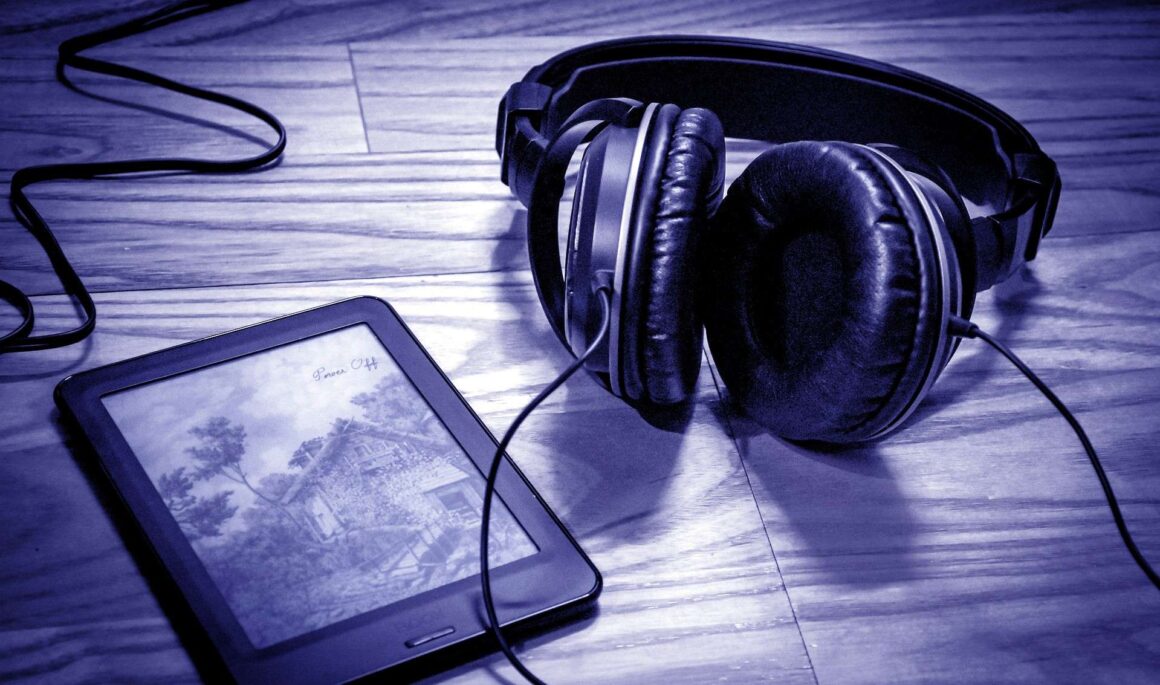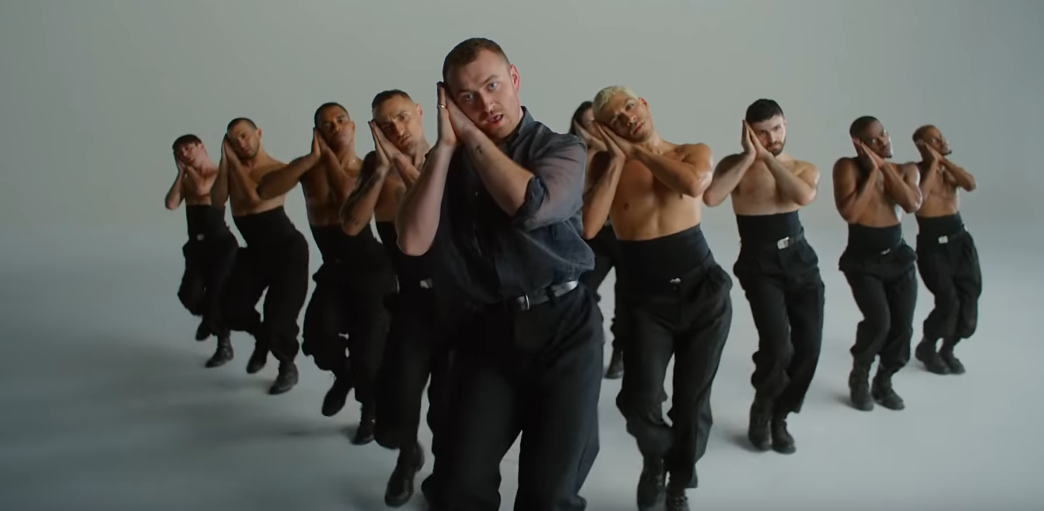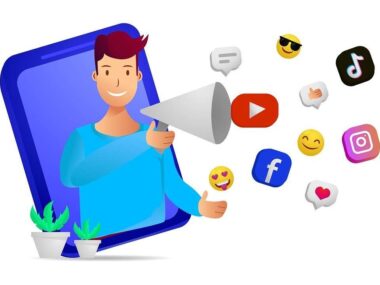Do we learn better by reading or by listening? I was reading this article about the difference between the two. The findings showed that while both methods aim for comprehension, the way our brains process information couldn’t be more different.
Why Reading Feels Different
I’ve always preferred reading. When I sit down with text, I can reread a tricky sentence, or pause to reflect. Reading taps into visual recognition: letters, words, sounds that come together in a way that sparks deeper analysis. Reading activates the brain’s visual pathways and supports vocabulary growth, especially with complex material.
There’s also the freedom of going at your own pace. I’m the one in charge of the flow, not someone else’s voice. That control makes it easier to absorb any nuances without worrying I’ve missed something important.
Why Listening Feels Different
Listening, on the other hand, is a real-time process. Lectures can be stressful because I’m split between paying attention and making sense of what’s being said. I find myself worrying if I missed something important, especially if I’m also taking notes. I don’t have that problem if I’m listening to a video because I can always hit rewind.
Listening has its strengths too. It engages auditory brain regions that handle intonation, emotion, and rhythm. That means listening can be more engaging, more human. A voice can add layers of meaning that words on a page can’t always deliver. For simpler or familiar topics, listening often works just as well as reading for comprehension.
Why Both Are Important
Here’s the most fascinating part: research shows that reading and listening work best when paired together. Multimodal learning combines the two by activating multiple sensory pathways. It makes the information more memorable for you. Think of reading while listening to its audiobook, or watching a video with captions turned on.
Studies suggest that engaging more than one pathway increases recall and keeps attention higher. For learners with dyslexia, language barriers, or visual impairments, having multiple ways to process information can make education more accessible.
It’s Worth Knowing Your Style
I find stuff like this fascinating because it’s important to understand how your brain works. There are people who might struggle with learning from a textbook. Others do best listening to a video. Some need both in order to make sense of what they’re learning.
It doesn’t matter if you’re still in school or not. Tidbits like this can make life so much easier for you. It helps you study or work more efficiently. You might even find yourself enjoying learning more. The next time you sit down with something new to learn, think about how your brain wants to process it.






